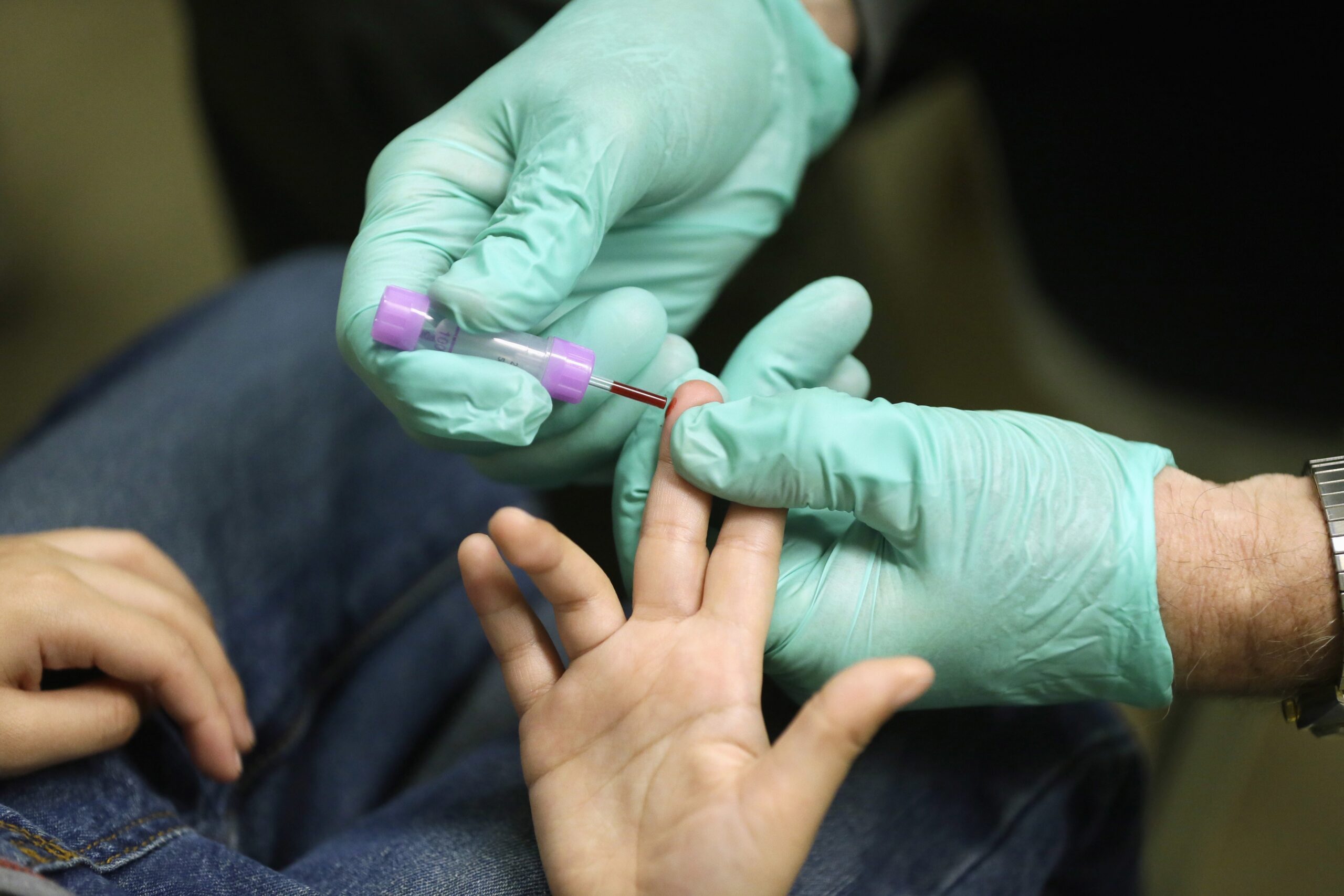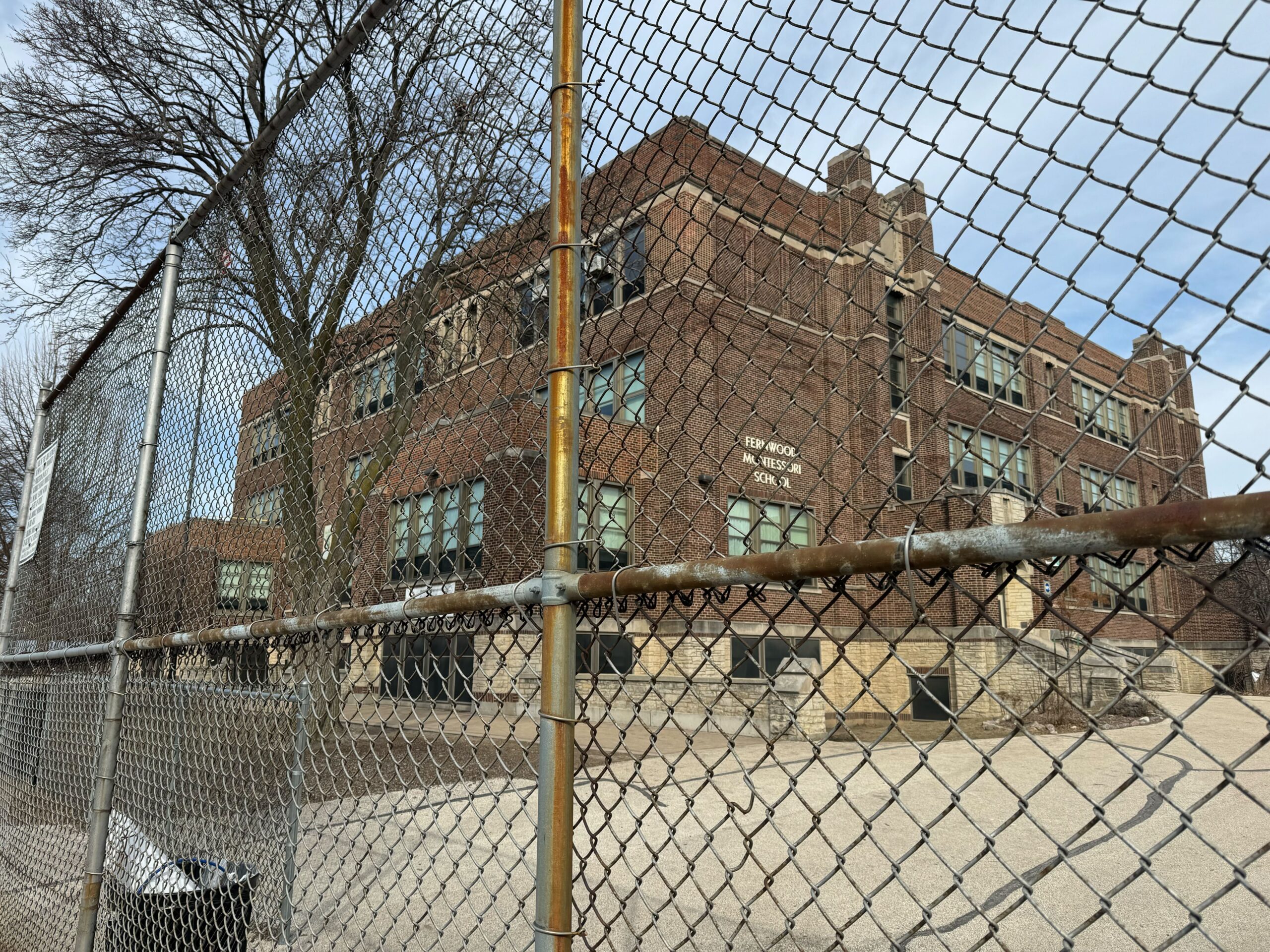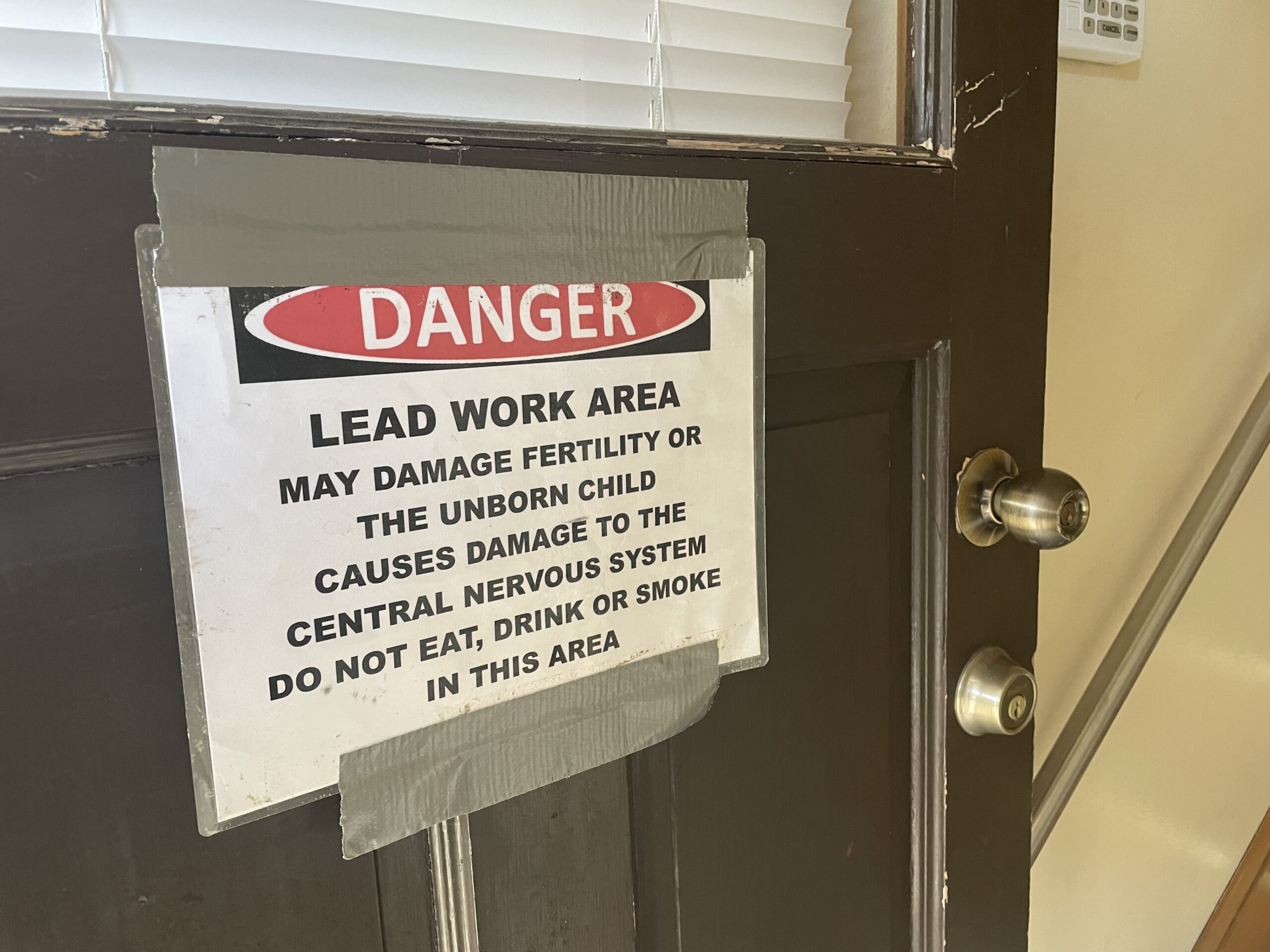For the first time, a study from the University of Wisconsin-Milwaukee links a child’s exposure to lead to later gun violence.
By connecting the two, there is an even greater urgency placed on the city of Milwaukee to tackle childhood lead exposure, researchers said.
Milwaukee has been working on lead abatement, but problems in the city program came to light in 2018, when a report by the Wisconsin Department of Health Services showed several deficiencies in the Milwaukee Health Department’s Childhood Lead Poisoning Prevention Program.
News with a little more humanity
WPR’s “Wisconsin Today” newsletter keeps you connected to the state you love without feeling overwhelmed. No paywall. No agenda. No corporate filter.
Lindsay Emer, the primary author of the study, said there is no safe level of lead.
“This research provides further urgency to fully support these efforts with the resources that are needed,” Emer said.
The study, completed at UW-Milwaukee’s Joseph J. Zilber School of Public Health, used public health, education and criminal justice data sets covering more than 89,000 people born in Milwaukee between June 1, 1986, and Dec. 31, 2003, with a valid blood lead test before they were 6 years old.
Researchers found that as childhood blood lead levels increased, the risk for becoming a perpetrator or victim of gun violence increased, even after controlling for temporal trends, gender, race and neighborhood socioeconomic status.
The link was so strong that about half of gun violence perpetration and victimization was attributable to blood lead levels of 5 micrograms of lead per deciliter of blood, which is the current reference level for elevated lead.
That means that in Milwaukee, during a period of high lead exposure, childhood blood lead levels might have substantially contributed to later adult gun violence — although the study wasnh’t able to definitively prove cause and effect.
Lead is particularly harmful to children. Research suggests lead exposure can cause irreversible, long-term damage to a child’s brain.
Earlier this month, the U.S. Department of Housing and Urban Development (HUD) awarded Milwaukee $5.6 million to assist with lead abatement.
Emer said the award is a good start, but more money is needed to address the problem.
“You can see the effects of already what has happened through these public health interventions,” Emer said. “But we think this study just provides further urgency to continue to support these efforts.”
Emer said people tested at the beginning of her study had higher led levels than those tested at the end, because of efforts that were underway during the time of her study.
“Individuals born between 1986 and 1990 had an average lead level of 12.5,” Emer said. “Individuals born between 2001 and 2003 had an average lead level of 4.”
Milwaukee Mayor Tom Barrett has proposed more than $21 million in lead abatement and reduction funding in his 2020 budget.
In 2016, HUD granted Milwaukee $4 million for their Childhood Lead Poisoning Prevention Program, which helped replace windows with paint chips and other lead hazards in homes.
Milwaukee Health Department officials couldn’t immediately be reached for this story.
Wisconsin Public Radio, © Copyright 2026, Board of Regents of the University of Wisconsin System and Wisconsin Educational Communications Board.




